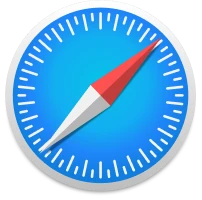Decarbonize your buildings, simply
Reduce and decarbonize your heating and air-conditioning consumption, guaranteed and without investment.
Decarbonize
Decarbonize without breaking the bank
Our energy system combines geostorage and AI to heat and cool buildings. That's up to -80% lower consumption and -95% lower carbon emissions guaranteed at a cost that's competitive with fossil fuels.
Optimize Consume less over the long term
We optimize the regulation of your existing energy systems with AI to guarantee up to 40% energy savings and accelerate your regulatory compliance.
Trace Track your savings reliably
Access a platform that gives you a real-time view of your energy consumption and savings, thanks to reliable data based on the enforceable IPMVP protocol.
We support you throughout the entire duration of your projects.
01. Turnkey supply.
We design, install, operate and maintain our technologies, so you don't have to manage a multitude of service providers.
02. Guaranteed performance.
We commit to ambitious performance targets to give you certainty on your real estate decarbonization strategy.
03. Financing your decarbonization.
Our remuneration model based on energy savings creates a virtuous circle that enables us to finance the decarbonization of your real estate assets on your behalf.



